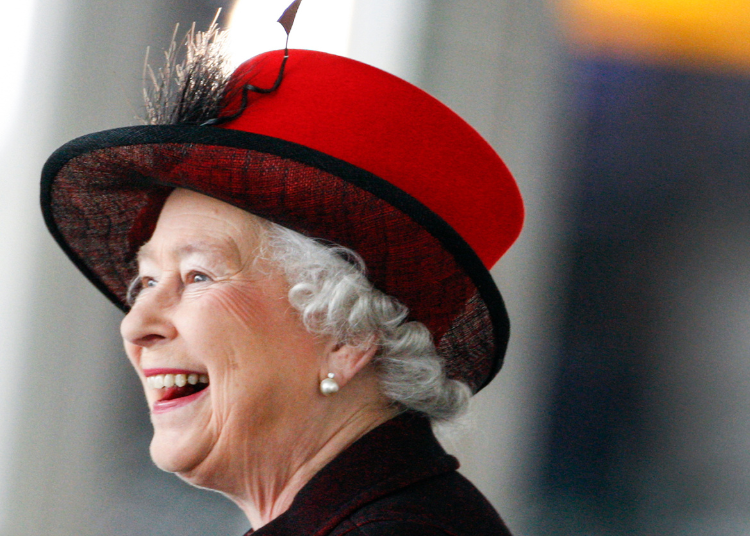Introduction
Queen Elizabeth II, the longest-reigning monarch in British history, presided over the United Kingdom and Commonwealth realms for 71 years, earning global admiration for her steadfast dedication and poise. She ascended to the throne in 1952 and led her nation through profound societal, political, and technological transformations. A figure of stability and continuity, Elizabeth was a beloved monarch whose reign was defined by devotion to her duties, family, and the people of Britain and the Commonwealth. She passed away on September 8, 2022, leaving an enduring legacy.
Key Information
| Category | Details |
|---|---|
| Full Name | Elizabeth Alexandra Mary Windsor |
| Date of Birth | April 21, 1926 |
| Place of Birth | London, England |
| Date of Death | September 8, 2022 |
| Parents | King George VI and Queen Elizabeth (The Queen Mother) |
| Spouse | Prince Philip, Duke of Edinburgh (m. 1947 – 2021) |
| Children | King Charles III, Princess Anne, Prince Andrew, Prince Edward |
| Reign | February 6, 1952 – September 8, 2022 |
| Astrological Sign | Taurus |
| Burial Place | King George VI Memorial Chapel, Windsor Castle |
Career
Early Life and Accession
Born as Princess Elizabeth on April 21, 1926, Elizabeth did not originally expect to ascend the throne. Her life changed dramatically when her uncle, King Edward VIII, abdicated, making her father King George VI and Elizabeth the heir presumptive. During World War II, she served in the Auxiliary Territorial Service, training as a driver and mechanic, marking the first time a British princess joined active service. Her public duties began early, including a wartime broadcast at age 14.
Elizabeth became queen on February 6, 1952, following the death of her father. At just 25 years old, she assumed the heavy responsibilities of monarchy. Her coronation on June 2, 1953, was a historic moment, the first ever televised coronation, symbolizing the modernization of the monarchy.
Reign and Milestones
Queen Elizabeth II’s reign spanned seven decades, during which she became a symbol of continuity and stability. She witnessed and adapted to vast global and domestic changes, including the decolonization of Africa and the Caribbean, the evolution of the Commonwealth, and advancements in technology and communication. Key events during her reign included:
- The Suez Crisis (1956)
- The Falklands War (1982)
- The Troubles in Northern Ireland
- Britain’s entry into and exit from the European Union
Elizabeth modernized royal traditions, making the monarchy more accessible and relatable. She oversaw changes such as televising royal events, engaging in charity work, and expanding public outreach.
Key Relationships
Elizabeth worked with 15 prime ministers during her reign, from Winston Churchill to Liz Truss, and met with most U.S. presidents, including Joe Biden in 2021. Her steady leadership provided a unifying presence during times of political upheaval and social change.
Personal Life
Marriage and Family
Elizabeth married Prince Philip, Duke of Edinburgh, in 1947. Their union lasted 73 years until his death in 2021. The couple had four children:
- King Charles III: Her successor and longest-serving Prince of Wales before ascending the throne in 2022.
- Princess Anne: Known for her dedication to royal duties and charity work.
- Prince Andrew: A former naval officer who stepped back from royal duties following controversies.
- Prince Edward: Now the Duke of Edinburgh, he supports royal engagements and charitable causes.
Hobbies and Interests
Queen Elizabeth had a passion for horses, breeding thoroughbreds, and attending races. She was also an avid corgi enthusiast, owning more than 30 corgis throughout her life. Quiet pastimes included reading mysteries, crossword puzzles, and, intriguingly, watching wrestling.
Notable Achievements
- Longest-Reigning British Monarch: Surpassed Queen Victoria’s 63-year reign in 2015.
- Head of the Commonwealth: Visited numerous nations, strengthening diplomatic ties and promoting unity.
- Modernization of the Monarchy: Advocated for televised events, transparency, and accessibility.
- Awards and Honors: Numerous accolades, including a record number of commemorative jubilees (Silver, Golden, Diamond, and Platinum).
Her diplomatic visits included landmark moments such as her 1965 state visit to Germany, the first by a British monarch since World War I, and her groundbreaking visit to the Republic of Ireland in 2011.
Current Activities and Legacy
Legacy and Memorials
Queen Elizabeth’s legacy endures as a model of steadfast dedication and leadership. Planning for a memorial to commemorate her life is underway, with an unveiling scheduled for 2026, the year she would have turned 100. The queen’s steadfast devotion to duty, even as the world evolved dramatically around her, remains an inspiration.
The First Anniversary of Her Death
On the first anniversary of her passing in 2023, her son, King Charles III, shared a heartfelt tribute and an unreleased photo of Elizabeth. Members of the royal family attended commemorative services, reflecting on her lasting impact.
Succession and Transition
Elizabeth was succeeded by her eldest son, King Charles III. His reign carries forward her values of service and continuity while adapting the monarchy to the 21st century.
Conclusion
Queen Elizabeth II’s extraordinary reign shaped the modern British monarchy. Her unwavering sense of duty, resilience, and compassion made her a beloved and respected leader. As a mother, grandmother, and monarch, she left an indelible mark on history, and her legacy will be cherished for generations to come.



